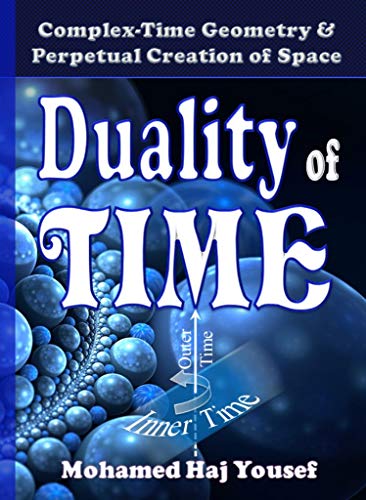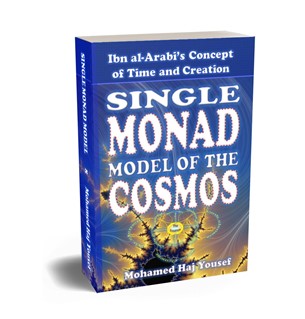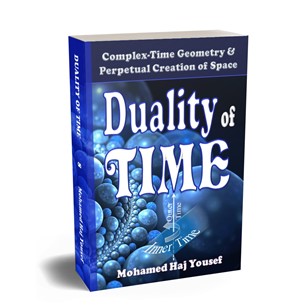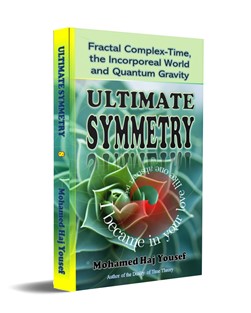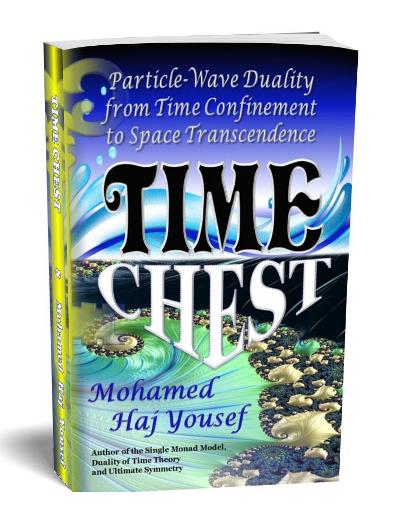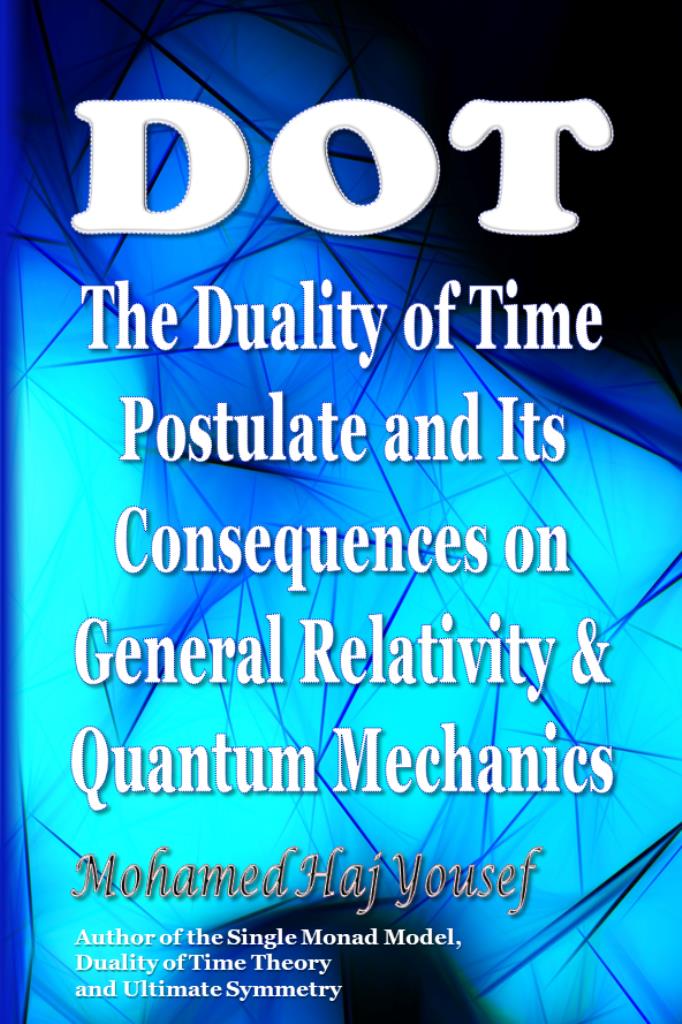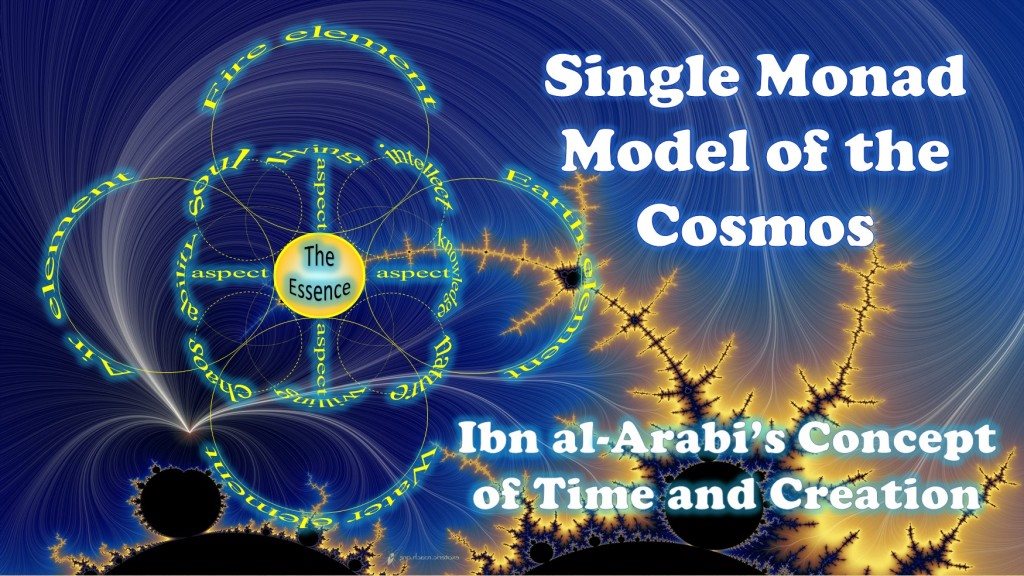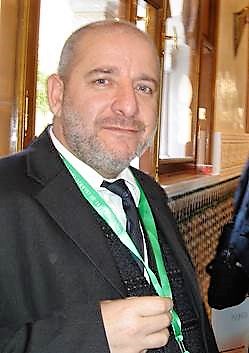4.2.5 The Greatest Element
As we have seen above, although for Ibn al-Arabi the Single Monad is an indivisible unit, it is understood to be composed of even more elementary constituents. This means that there are smaller, but not necessarily physical, “constituents”, that somehow underlie and help manifest the atoms or monads, even though the monad itself is not physically divisible into those metaphysical constituents, but can only exist in manifestation as a substance created through those underlying constituents.
In his book “Uqlat al-Mustawfiz” (“the Bolt for the Restless”), Ibn al-Arabi speaks about the “Greatest Element” from which Allah has created the “Absolute Unseen” which may not be disclosed to any creature, and he indicates there that the creation or “origination” of this Greatest Element is all at once, without any intermediate or associated causes. So this original, metaphysical greatest element that is in some mysterious way the substrate of all subsequent manifest creation, whether purely spiritual, imaginal, or physical, is the only thing that in some way underlies, constitutes, or gives rise to the physical monads. The individual Single Monad, however, remains the basic indivisible structure in the physically manifest world.
Ibn al-Arabi also mentions that there are 46,656,000 subtle luminous links between the First Intellect and the Greatest Element that is their origin. That number is in fact the cubic power of 360 ( ), which is no doubt associated with the traditional division of the circle, and the original year, into 360 degrees, in addition to the historical sexagenarian system attributed to the Babylonians.
), which is no doubt associated with the traditional division of the circle, and the original year, into 360 degrees, in addition to the historical sexagenarian system attributed to the Babylonians.
The resulting relation between the manifest world, the Single Monad and the Greatest Element can be conceived by analogy to the relation between a building, the bricks and the clay: the building is made up of similar unit bricks, but the brick itself is made from fine clay.
Ibn al-Arabi also says: ‘The noble Greatest Element, in relation to the sphere of the world, is like the (indivisible) point, and the Pen is like its circumference, while the Tablet (i.e., the world-Soul) is what is in between (the point and the circumference). So just as the point meets the circumference with its (whole) entity, so does this Greatest Element meet with its (whole) entity all the aspects of the Intellect, which are the subtle (the 46,665,000) links that we mentioned before. They are unique “one” in the Greatest Element, but in the Intellect they become multiple and manifold, because of the manifold receptivity (of the Intellect for knowledge) from the Greatest Element. So there is (only) one “attention” for the (Greatest) Element, but there are many faces of receptivity for the Intellect, that is why this (Greatest) Element is more realized in the unity of its Creator.’
Ibn al-Arabi affirms that this Greatest Element is the most perfect thing in existence and that everything other than Allah (including, as we can see, the First Intellect) is somehow derived from it. However, he doesn’t give much information about it, and he even says that he would explain the reality of this Element if he wasn’t sworn not to disclose it.



